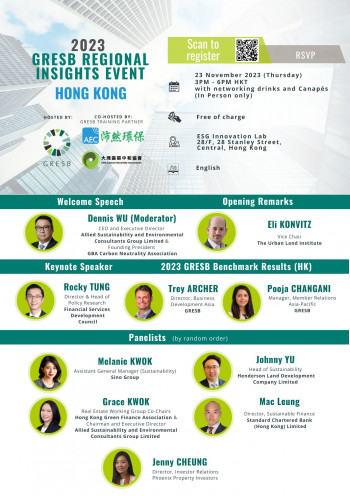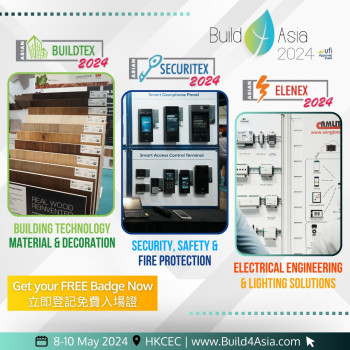Lead8 Designs Mass Timber Concept for Vancouver Waterfront




Lead8 has produced a conceptual vision to transform Vancouver’s last remaining city-owned and large vacant plot of land along its False Creek waterfront; the well-known South East False Creek site between Cambie Street Bridge and Olympic Village.
The team at Lead8 saw the 22-acre site as an opportunity to imagine a world-class and sustainable community and to leverage mass timber construction to establish a distinctive and visionary destination for the city.
_1729491793.jpg)
“At Lead8, we always look for opportunities to contribute our expertise to address urban challenges. Mass timber is an exciting and sustainable building method that is gaining popularity and has the ability to solve many of our environmental issues in the design and development industry. The South East False Creek site serves as a great area to showcase how mass timber destinations can transform our future cities,” said Claude Touikan, Co Founder & Executive Director at Lead8._1729491810.jpg)
A Sustainable Community Approach
The vision promotes a sustainable and smart city approach that introduces a dynamic model of mixed-use development that seamlessly integrates public open spaces, offices, retail, and waterfront areas, and prioritises preserving the protected mountain ‘view cones’ that define Vancouver’s skyline.
_1729491829.jpg)
The comprehensive plan aims to create a sustainable community that drives economic growth and enhances residents’ quality of life. By combining indoor and outdoor realms, green initiatives and community-oriented programs, the design looks to revive the downtown waterfront site for future generations.
With support from leading North American engineering firm, Glotman Simpson, Lead8’s vision includes: mixed-use residential towers, residential rental housing, hotel and serviced apartments, workplaces, community centre, kindergarten, retail precinct, waterfront observation deck, dining and entertainment, and waterfront parklands.
_1729491848.jpg)
The plan is also deeply rooted in the historical Coast Salish territories, specifically those of the Musqueam, Squamish, and Tsleil-Waututh Nations. The conceptual masterplan seeks to reintroduce nature into the urban landscape, fostering eco-living and celebrating the concept of the ‘Fifth Season’, as envisioned by Lead8._1729491863.jpg)
Why Mass Timber?
Mass timber is integral to Vancouver’s strategy to update building practices to be less carbon intensive through more environmentally friendly material choices. Sustainably sourced wood is a low-carbon building material that captures and stores carbon, reducing its presence in the atmosphere.
By using mass timber, developments can lower carbon emissions compared to conventional construction practices; reduce embodied emissions in construction by 25-45%; utilise prefabrication to reduce installation time and costs; and benefit from enhanced safety, fire resistance and seismic resilience.
_1729491879.jpg)
Vancouver has recently increased the allowable heights of mass timber buildings from 12 storeys to 18 storeys for residential and commercial uses._1729491893.jpg)
“At Lead8, we see mass timber construction as a vital proposition for the design and development industry as we look to reduce our collective carbon footprint. Sustainable mass timber is an important step forward in how we can realistically deliver a lower carbon future for our cities,” said Claude Touikan.
Claude Touikan
Co Founder and Executive Director, Lead8









 Indonesia
Indonesia
 Australia
Australia
 New Zealand
New Zealand
 Philippines
Philippines
 Singapore
Singapore
 Malaysia
Malaysia






